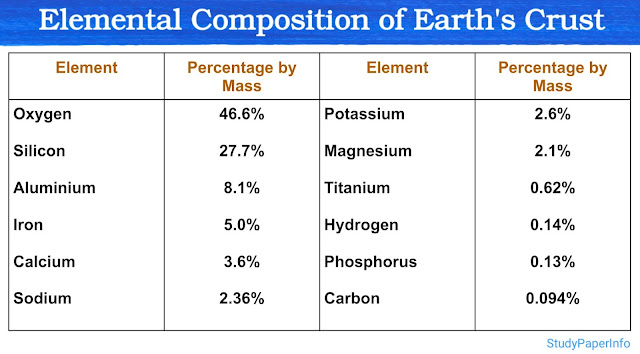What are non-coding genes? Give examples
Non-coding genes are segments of DNA that do not code for any protein but still play very important roles in the cell. These genes are transcribed into functional RNA molecules instead of mRNA. These RNAs do not get translated into proteins but perform regulatory, structural, or catalytic roles directly as RNA. Non-coding genes are a major part of the eukaryotic genome and help in many cellular processes such as gene regulation, RNA processing and maintaining genome stability.
Many people think that only protein-coding genes matter, but non-coding genes also play a crucial role in regulating cellular activities. They help control when and how genes are turned on or off, assist in processing other RNAs and participate in building cell machinery like ribosomes and spliceosomes.
There are several important types of non-coding genes, which can be grouped based on the RNA they produce and their functions. The main categories are:
1. rRNA Genes (Ribosomal RNA Genes)
These genes produce ribosomal RNAs, which are core components of ribosomes. Ribosomes are the molecular machines that make proteins. rRNAs form the structural and catalytic parts of ribosomes, helping in protein synthesis by linking amino acids in the right order. Without rRNAs, ribosomes cannot assemble properly or carry out their function of translating genetic information into proteins.
Example:
- 18S, 5.8S and 28S rRNA genes transcribed by RNA Polymerase I.
- 5S rRNA transcribed by RNA Polymerase III.
2. tRNA Genes (Transfer RNA Genes)
tRNA genes make transfer RNAs, which bring amino acids to the ribosome during protein production. Each tRNA matches a specific mRNA codon with the right amino acid, ensuring the protein is made correctly. tRNAs have a unique three-dimensional structure that allows them to fit perfectly in the ribosome's active site during translation.
Example:
- tRNAᴾʰᵉ (for phenylalanine)
- tRNAᴸᵉᵘLeu (for leucine)
3. snRNA Genes (Small Nuclear RNA Genes)
snRNAs are part of the spliceosome complex that removes non-coding sequences called introns from pre-mRNA. This process is essential for making mature mRNA that can be translated into protein. snRNAs recognize specific sites on the pre-mRNA and help cut and join the exons together in the right order.
Example:
- U1, U2, U4, U5, U6 snRNAs.
4. snoRNA Genes (Small Nucleolar RNA Genes)
snoRNAs are located in the nucleolus and guide chemical modifications on rRNA, such as methylation and pseudouridylation, which are important for rRNA stability and function. These modifications help ribosomes maintain their shape and carry out protein synthesis efficiently.
Example:
- U3 snoRNA is important for processing 18S rRNA.
5. miRNA Genes (MicroRNA Genes)
MicroRNAs regulate gene expression by binding to messenger RNAs (mRNAs), preventing their translation into proteins or causing their breakdown. This process allows cells to control the amount of specific proteins, which is important for development, cell growth and disease prevention.
Example:
- miR-21 regulates genes related to cell growth and cancer.
- miR-155 is important in immune response.
6. lncRNA Genes (Long Non-Coding RNA Genes)
Long non-coding RNAs are more than 200 nucleotides long and regulate gene activity in many ways, such as changing chromatin structure, controlling transcription and influencing RNA stability. They can act in the nucleus or cytoplasm and are involved in processes like X-chromosome inactivation and gene silencing.
Example:
- XIST lncRNA controls X-chromosome inactivation in females.
- HOTAIR lncRNA is involved in modifying chromatin to silence genes.


Comments
Post a Comment